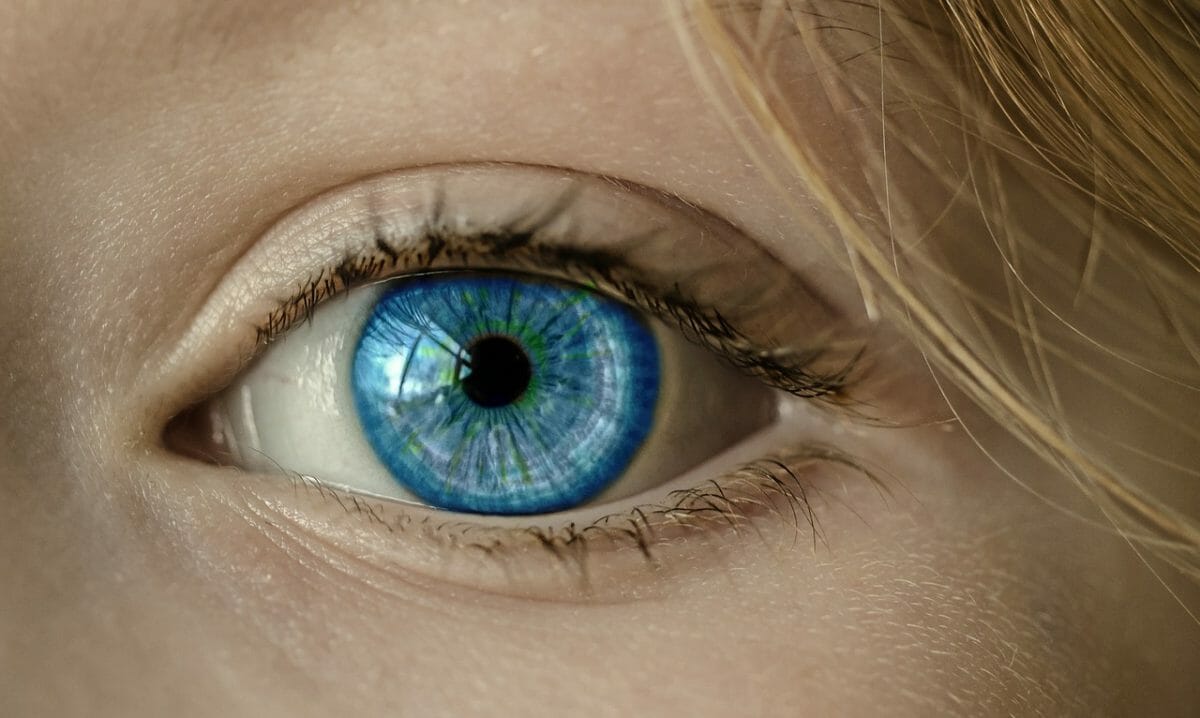Human eyes have multiple elements, such as the retina, cornea, and iris. Together, they use the light to form a picture of the things in front. However, in some people, the eyes do not bend light correctly, thus, creating blurry images. Therefore, people have to take corrective vision actions, which include wearing glasses, lenses, and surgeries.
LASIK is one of the most famous eye-sight correction surgeries; it may laminate the need for lenses and glasses. However, the eligibility criteria are such that it does not let everyone qualify for surgery.
Therefore, the medics have come up with alternative treatments for people who want to try something different and can not qualify for LASIK surgery. Dig into the article to learn about the three effective alternatives to LASIK.
1. Refractive Lens Exchange
RLE is amongst the best alternatives to LASIK surgery for people who want to get rid of specs and lenses and even reduce the development of eye diseases such as Cataracts. According to an expert Austin eye surgeon, doctors implant an intraocular lens in RLE by removing and replacing the natural lens. It allows the person to focus on near and far-distant objects. It is a procedure similar to that of cataract surgery.
Many people also opt for RLE to eliminate blurry vision after cataract surgery. It is an excellent fit for individuals suffering from the following:
- Astigmatism
- Presbyopia
- Nearsightedness
- Farsightedness
- AMD and more.
It has an excellent success rate in older and younger patients. If you’ve planned on a LASIK, you can discuss RLE with your doctor and ask if you can undergo this treatment to correct your vision problems.
2. Phakic Intraocular Lens Implants
It is an excellent surgery for patients with a defective lens that lacks focus, thus creating blurry vision. Also, it does not include too much cutting and scraping; even the portions of the cornea remain intact. In PILI, the doctors implant an artificial lens that can be made from silicone or plastic. The lens is placed between the cornea and the iris. It improves the focus on the lens, consequently bettering your vision.
The lens is permanently fixed, but you can get it removed anytime. The healing time depends from person to person, but many have seen visible results within 24 hours of the surgery. You would not need any glasses or lenses after this surgery.
3. Photorefractive Keratectomy
Photorefractive Keratectomy is similar to LASIK, wherein the doctors reshape the cornea. Doctors remove the top layer of the cornea, epithelium, using the same laser as in LASIK. The only difference between PRK and LASIK is the layer of corneas that the laser impacts. It is an excellent alternative for those with thin corneas because PRK makes it easy to reshape the layer underneath the epithelium.
In addition, it does not require the doctor to cut a flap in the cornea. However, not everyone is eligible for PRK, especially the ones with chronic allergies that can affect eyelids. Likewise, if you have autoimmune conditions, you may not be suitable for PRK because it can directly impact your healing ability.
Bottom Line
The above alternative works best for people with vision issues from moderate to severe ranges. Also, they are suitable for patients who are ineligible for traditional surgeries. You can consult your ophthalmologist to suggest alternate but effective surgeries if you do not qualify for LASIK.
